Semiconductor Electronics Class 12 Physics
Electronic devices are gadgets that use electricity to perform various functions. At their core, these devices rely on semiconductors, which are materials that have properties between conductors and insulators. Semiconductors, often made of silicon, enable the controlled flow of electrical current. In electronic devices, semiconductors play a crucial role in regulating and amplifying electrical signals. Transistors, a key semiconductor component, act like tiny switches, allowing or blocking the flow of current.

These transistors are the building blocks of integrated circuits (ICs), which are the brains of many electronic devices. As technology advances, smaller and more efficient semiconductors enable the creation of powerful and compact electronic devices. From smartphones and computers to televisions and medical equipment, the seamless functioning of these devices hinges on the intricate interplay of electrical currents within semiconductors.
Special Purpose Diodes
Special-purpose diodes are semiconductor devices designed for specific applications beyond regular rectification. Some examples of diodes include Zener diodes, Light-emitting diodes (LEDs), Photodiodes, and Solar cells. These Diodes play crucial roles in various electronic circuits, catering to specific needs based on their unique characteristics.
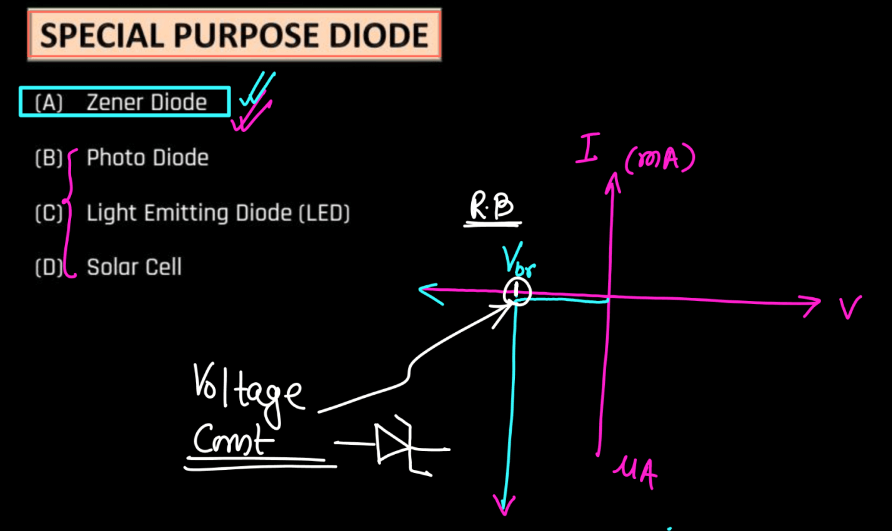
| Different special-purpose diodes | |
| Diodes | Description |
| Zener diodes | Designed to operate in the breakdown region, maintaining a nearly constant voltage across their terminals. They are commonly used as voltage regulators. |
| Light-emitting diodes (LEDs) | Emit light when a current passes through them. LEDs are widely used in electronic displays, indicators, and lighting applications. |
| Photodiodes | Respond to light by generating a current. They are used in light detection applications, such as light sensors or photovoltaic cells in solar panels. |
| Solar cells | Solar cells are considered as diodes because they utilize semiconductor materials, creating a p-n junction. This junction exhibits diode-like behavior, allowing the conservation of light energy into electrical energy. |
Zener Diodes
Zener diodes are semiconductor devices designed for voltage regulation in electronic circuits. They operate in reserve-bias mode, meaning the voltage is applied opposite to their usual direction. Crucially, when the voltage reaches a specific threshold, known as the “Zener Voltage”, the diode begins to conduct in the reverse direction, allowing current to flow. This unique behavior makes zener diodes useful for maintaining a constant voltage across their terminals, crucial for stabilizing power supplies. By controlling the voltage, zener diodes prevent electrical components from receiving excessive voltage, safeguarding them from potential damage. This ability to regulate voltage makes zener diodes vital for various applications in electronics and power management.
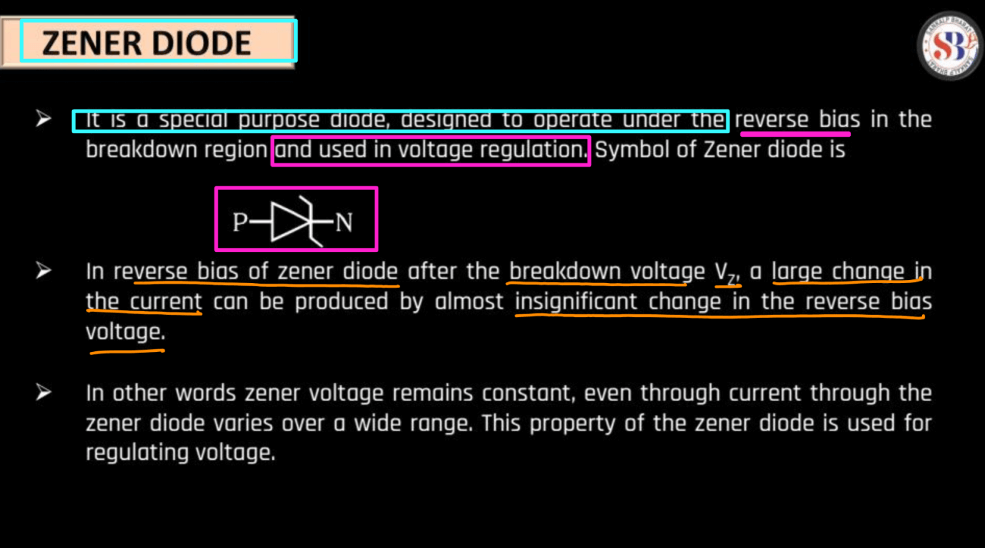
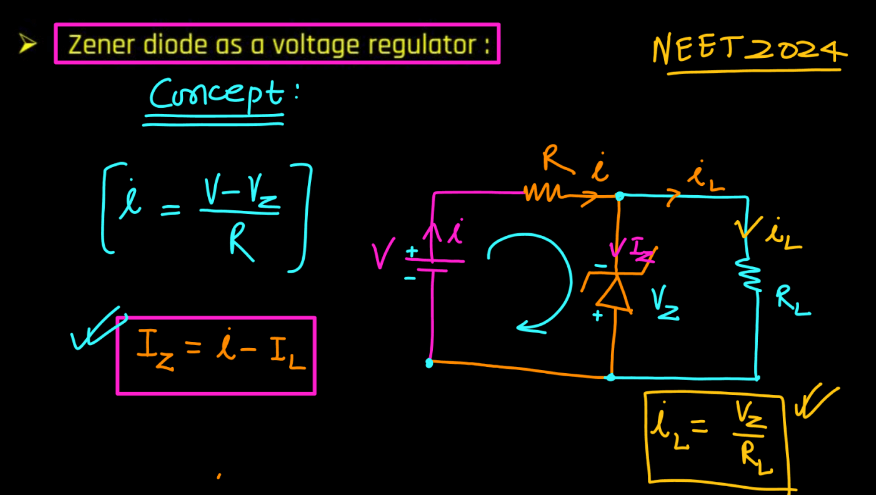
Light-emitting diodes (LEDs)
A light-emitting diode (LED) is a semiconductor device that emits light when an electric current passes through it. It consists of a semiconductor material sandwiched between two electrodes. When electrons and holes recombine in the semiconductor, energy is released in the form of protons, producing visible light. LEDs are energy-efficient, durable, and come in various colors. They have replaced traditional light sources in many applications due to their longer lifespan and lower power consumption. Commonly used for indicator lights, displays, and lighting, LEDs play a significant role in modern technology and energy-efficient lighting solutions.
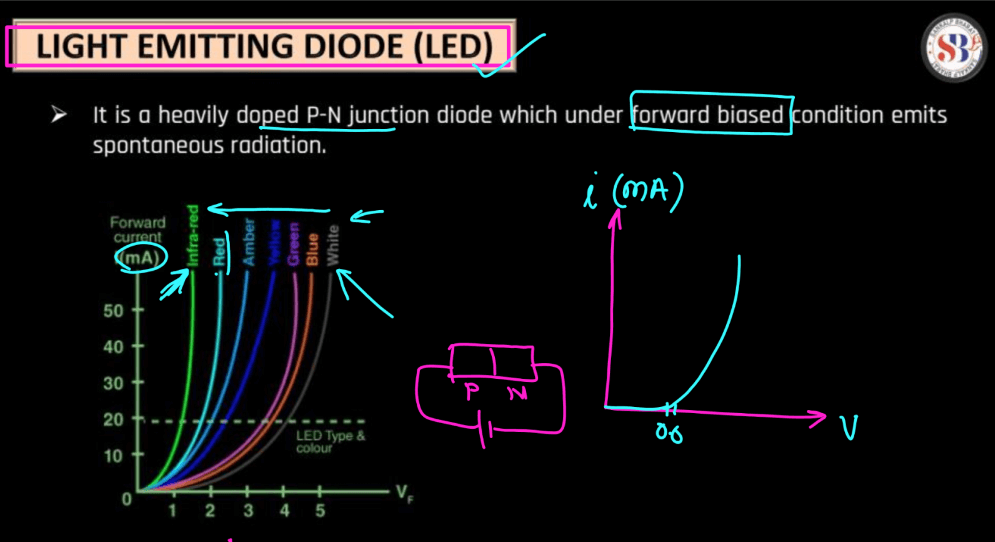
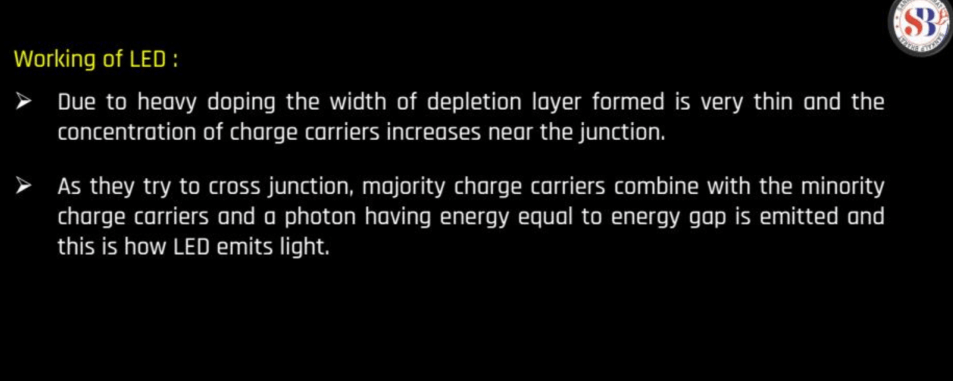
Photodiodes
Photodiodes are semiconductor devices that convert light into an electrical current. Operating in reverse bias, when photons strike the photodiode’s semiconductor material, electron-hole pairs are generated. This creates a flow of current, proportionate to the intensity of the incident light. Photodiodes are crucial in various applications, such as light sensors in cameras, optical communication systems, and even as part of solar cells to convert sunlight into electricity. Their sensitivity to light makes them valuable for detecting and responding to changes in light intensity, allowing them to be employed in diverse fields where precise light detection is essential.
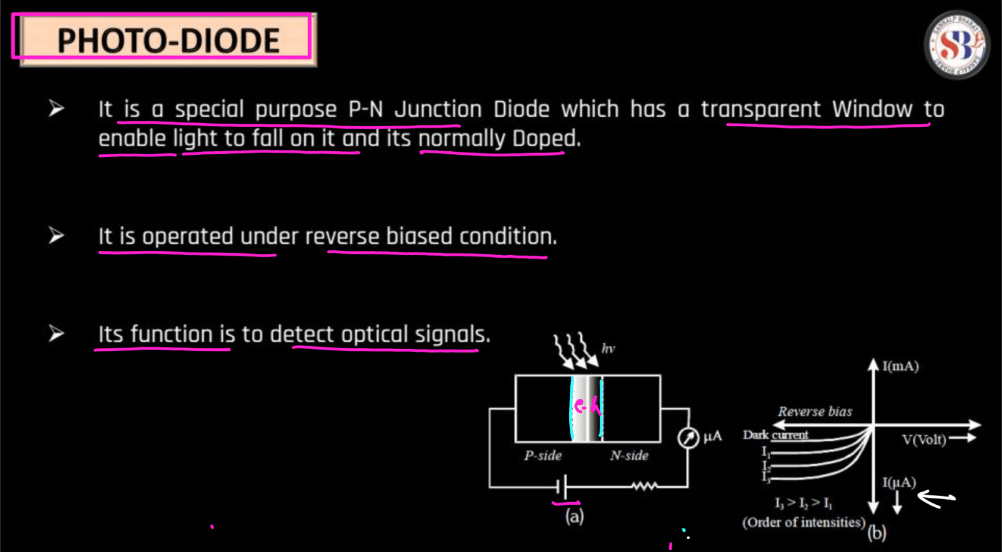
Solar cells
Solar cells, often called solar panels, are devices that convert sunlight into electricity. They consist of semiconductor materials, usually silicon, which generate a flow of electrons when exposed to sunlight. When sunlight hits the solar cells, it excites electrons, creating an electric current. This electricity can then be harnessed for various applications, from powering small electronic devices to supplying energy for homes and businesses. Solar cells play a key role in renewable energy by providing a clean and sustainable power source. As technology advances, solar cells continue to become more efficient and affordable, contributing significantly to efforts aimed at reducing dependence on non-renewable energy sources and combating climate change.
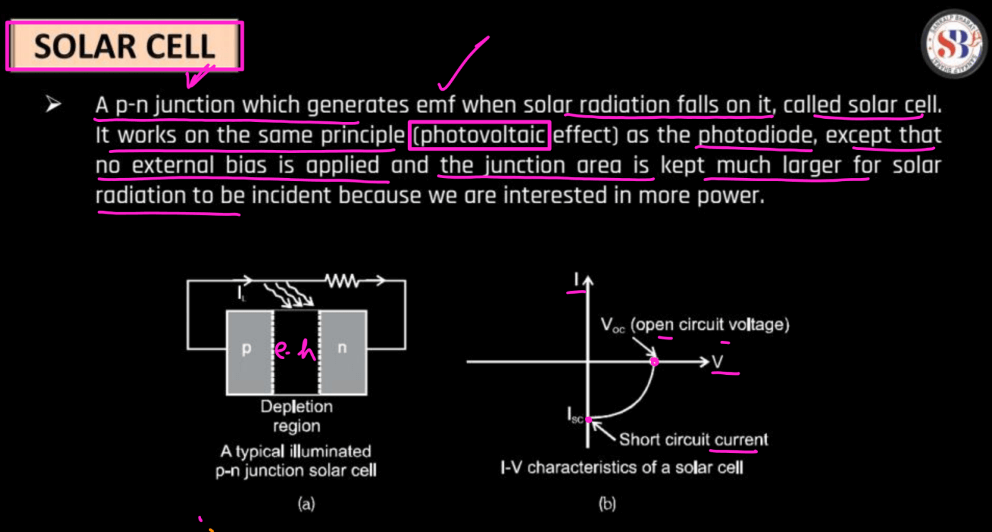
Digital Electronics and Logic Gates
Digital electronics involves processing information using digital signals, which are discrete and represented by binary code (0s and 1s). At its core logic gates, the building blocks of digital circuits. Logic gates perform basic operations like AND, OR, and NOT, manipulating binary data. Imagine them as decision-makers: AND gates only output 1 when both inputs are 1; OR gates output 1 if at least one input is 1, and NOT gates flip the input (1 becomes 0, and vice versa). Combining these gates creates complex circuits enabling various digital devices, from simple calculators to sophisticated computers, to process and store information efficiently.

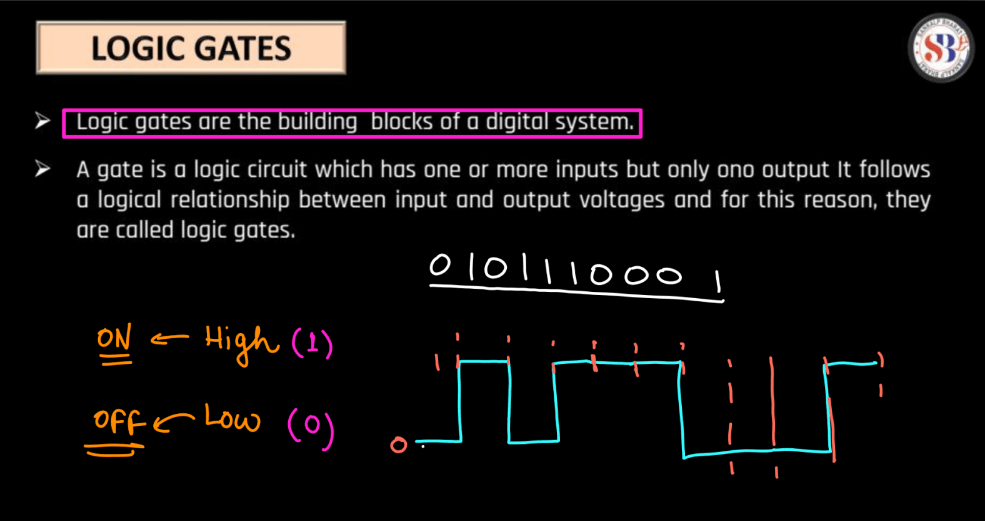

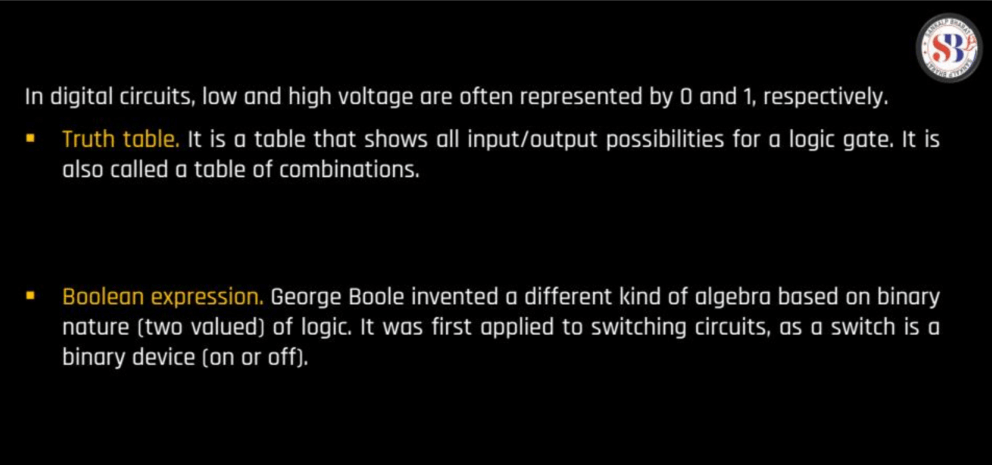
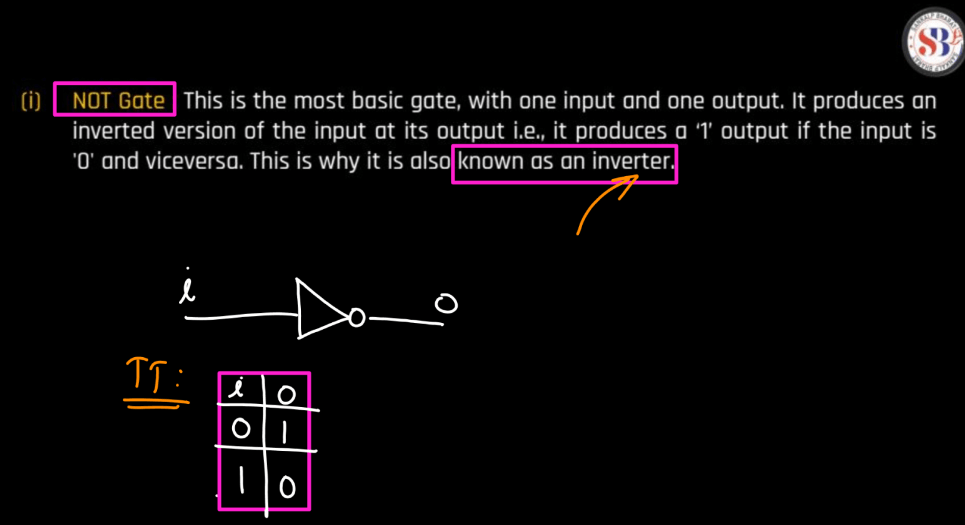
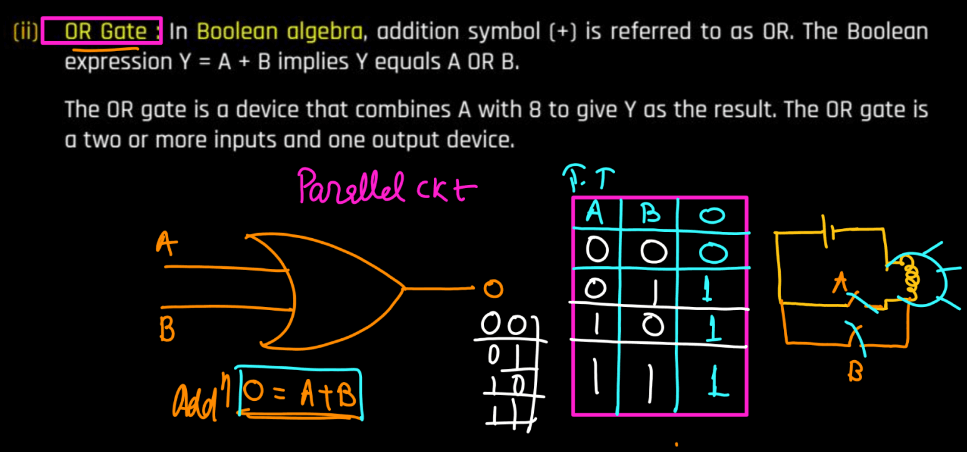
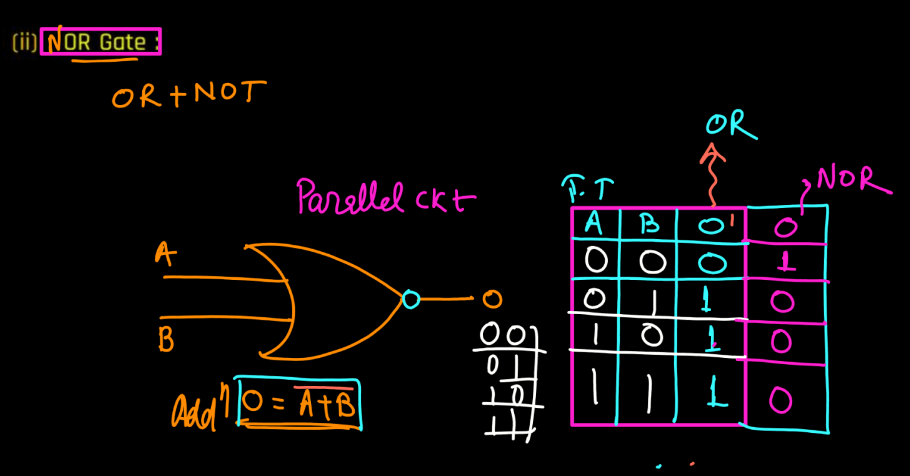
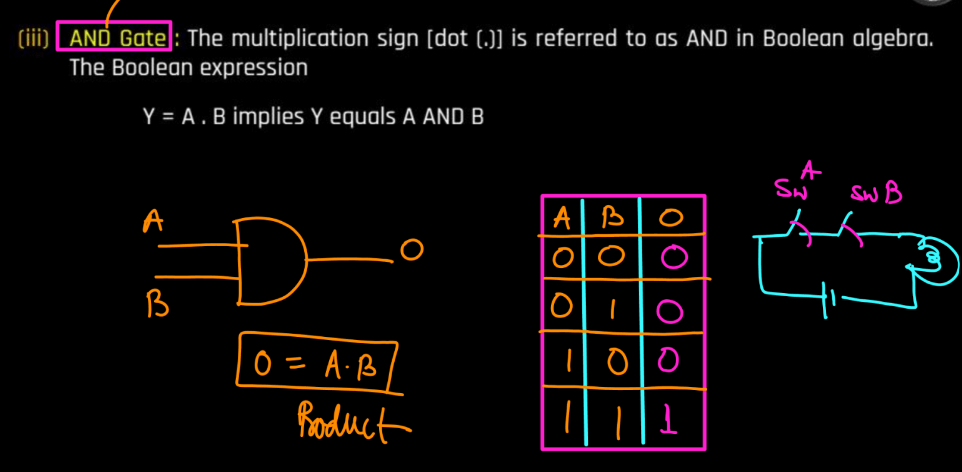
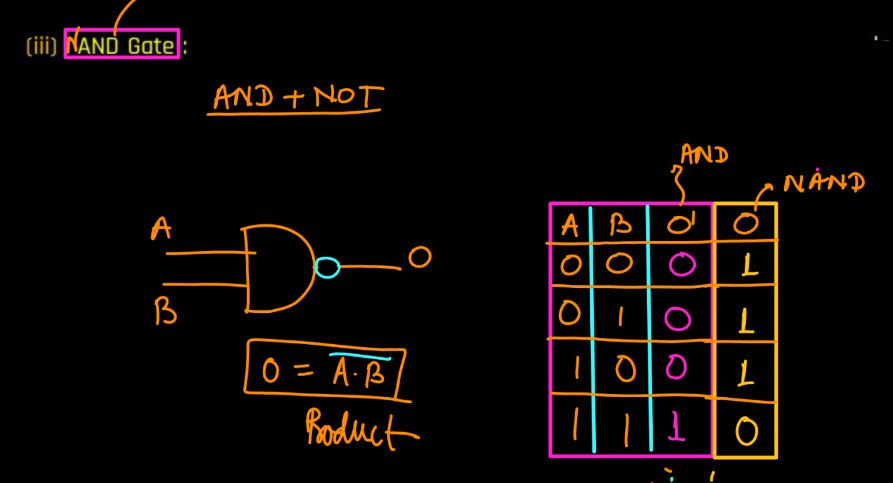
De-Morgan’s Theorem
De-Morgan’s Theorem is a fundamental concept in Boolean algebra, which deals with binary variables and logic operations. Named after mathematician Augustus De Morgan, the theorem provides a way to simplify complex logical expressions. It has two parts: The first states that the negation of a conjunction (AND) is equivalent to the disjunction (OR) of the negations of the individual terms. The second part states that the negation of a disjunction is equivalent to the conjunction of the negation of individual terms. In simpler terms, it allows us to express logical operations involving “not”, “and”, and “or” in more manageable forms, aiding in the analysis and optimization of logical circuits.
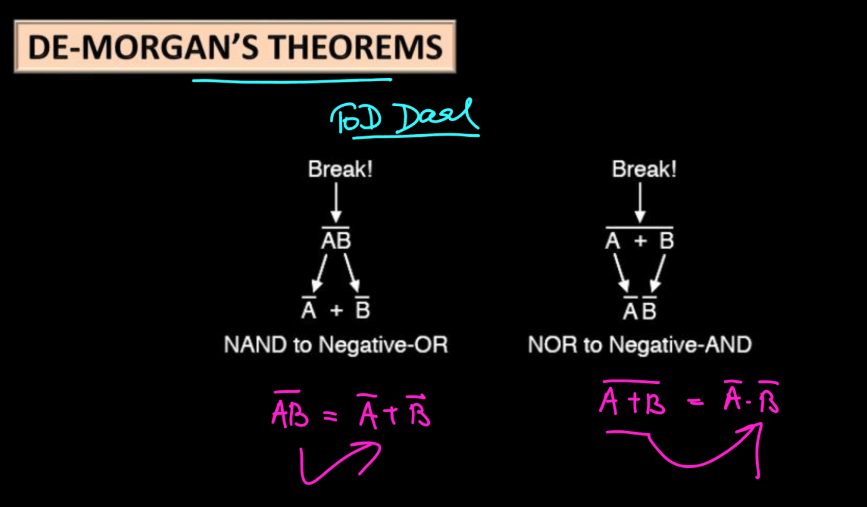
Half-Wave Rectifier and Full Wave Rectifier
A half-wave rectifier allows only one half-cycle of the AC voltage to pass through, while a full-wave rectifier allows both half-cycles. This results in a smoother DC output for the full-wave rectifier compared to the half-wave rectifier.
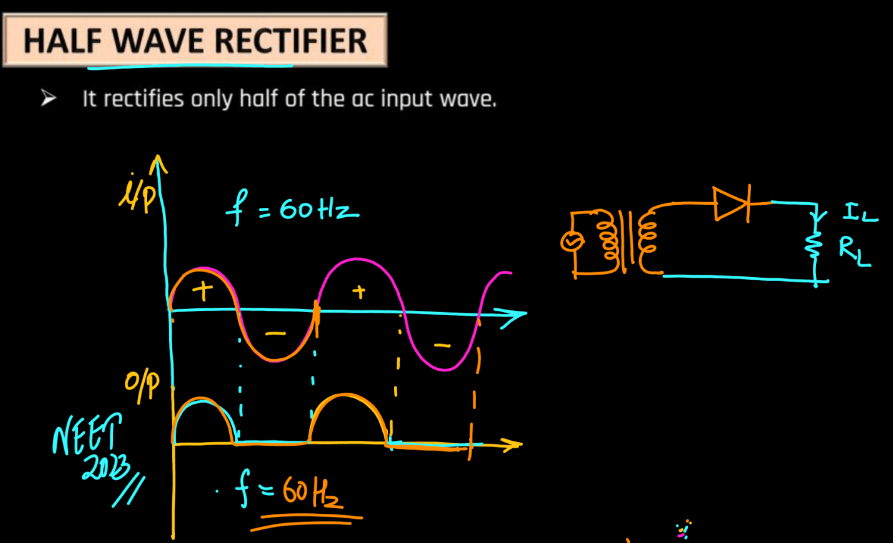
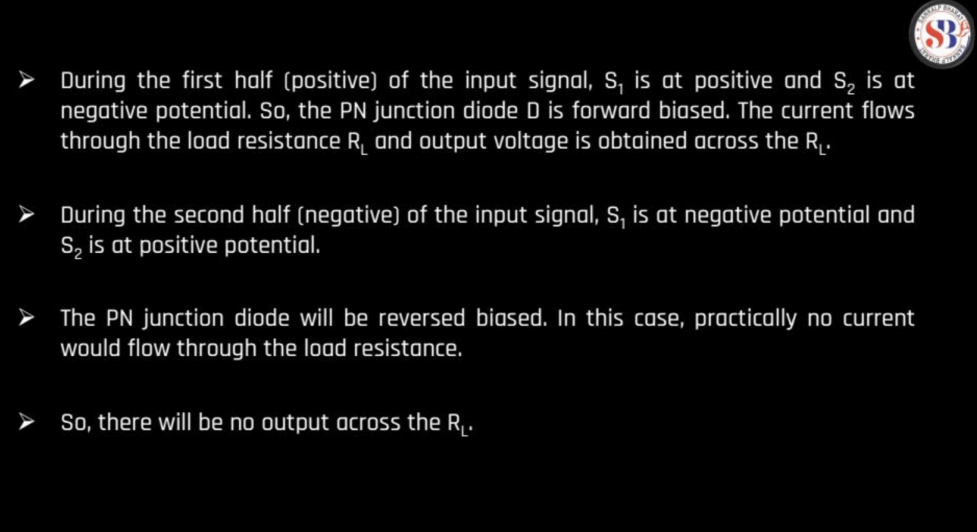
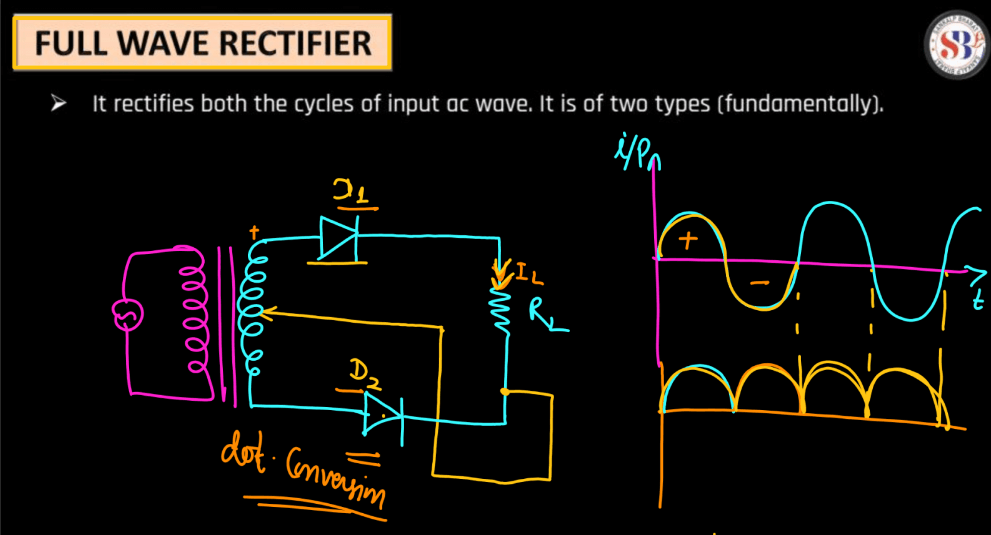
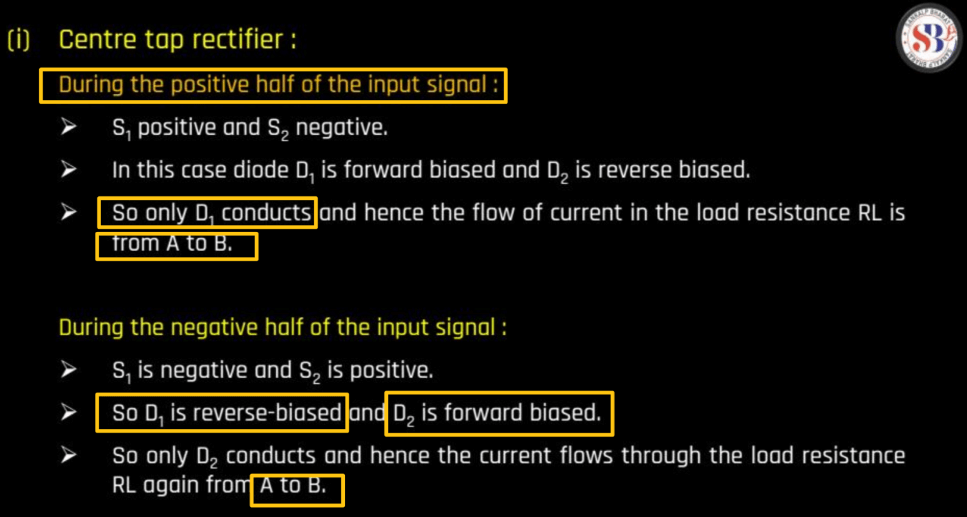
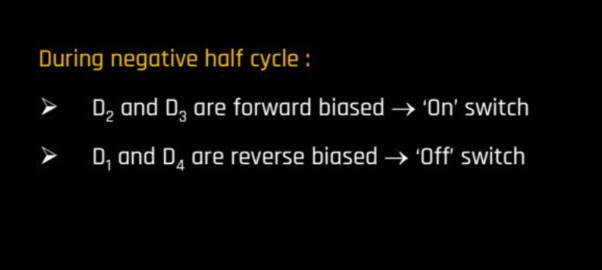
Filters
Filters are tools that sort or modify information based on specific criteria. In various contexts, filters screen out unwanted elements, enhancing or refining data. In photography, they adjust colors or reduce glare; in email, they sift through messages to organize or block spam. Filters streamline content, helping users focus on what matters most while excluding what isn’t relevant or desired. Whether in photos, emails, or other applications, filters act as customizable lenses, allowing users to tailor their experiences by selectively including or excluding specific elements.
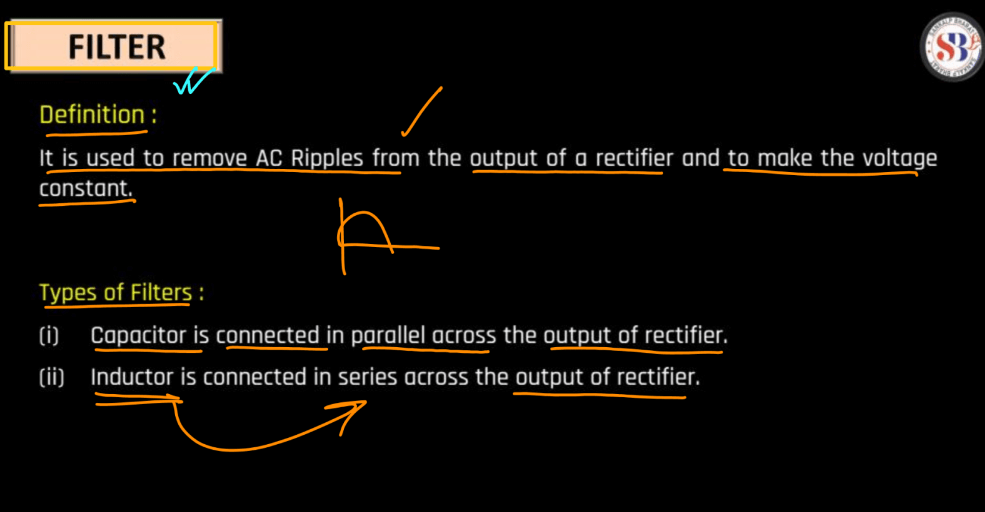
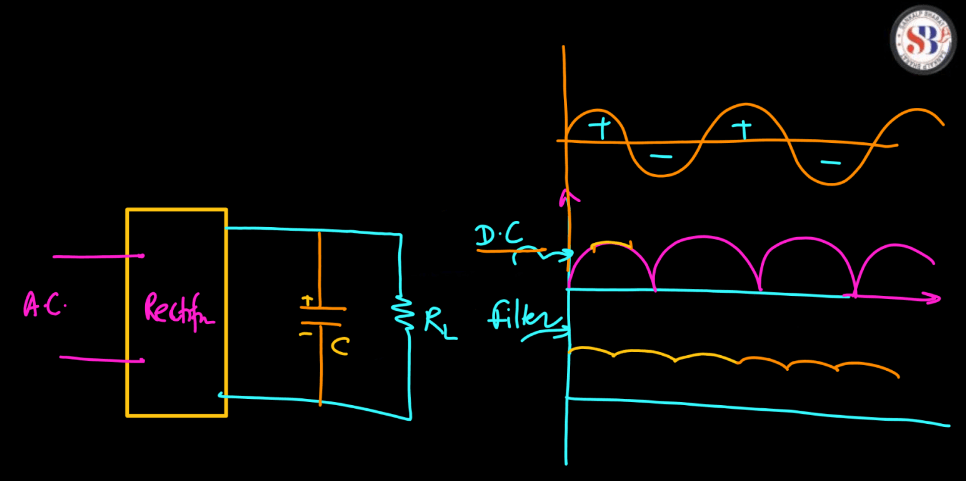
Learn about the Electronic Devices through Video given below:

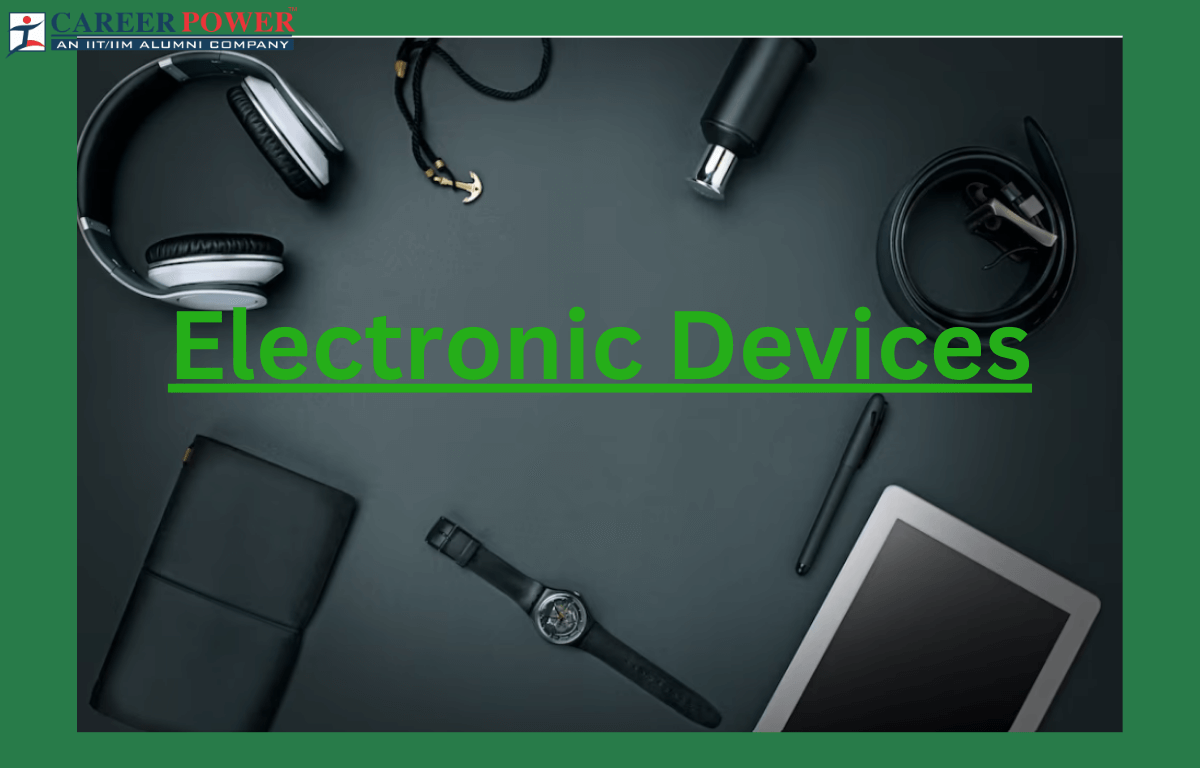

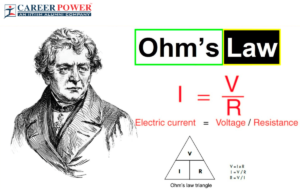 Ohm's Law: Definition, Formula, Limitati...
Ohm's Law: Definition, Formula, Limitati...
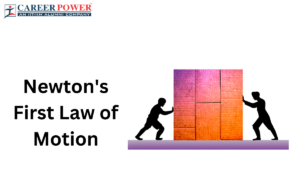 Newton's First Law of Motion: Definition...
Newton's First Law of Motion: Definition...
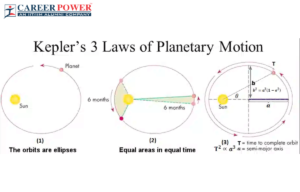 Kepler's Laws of Planetary Motion: First...
Kepler's Laws of Planetary Motion: First...













